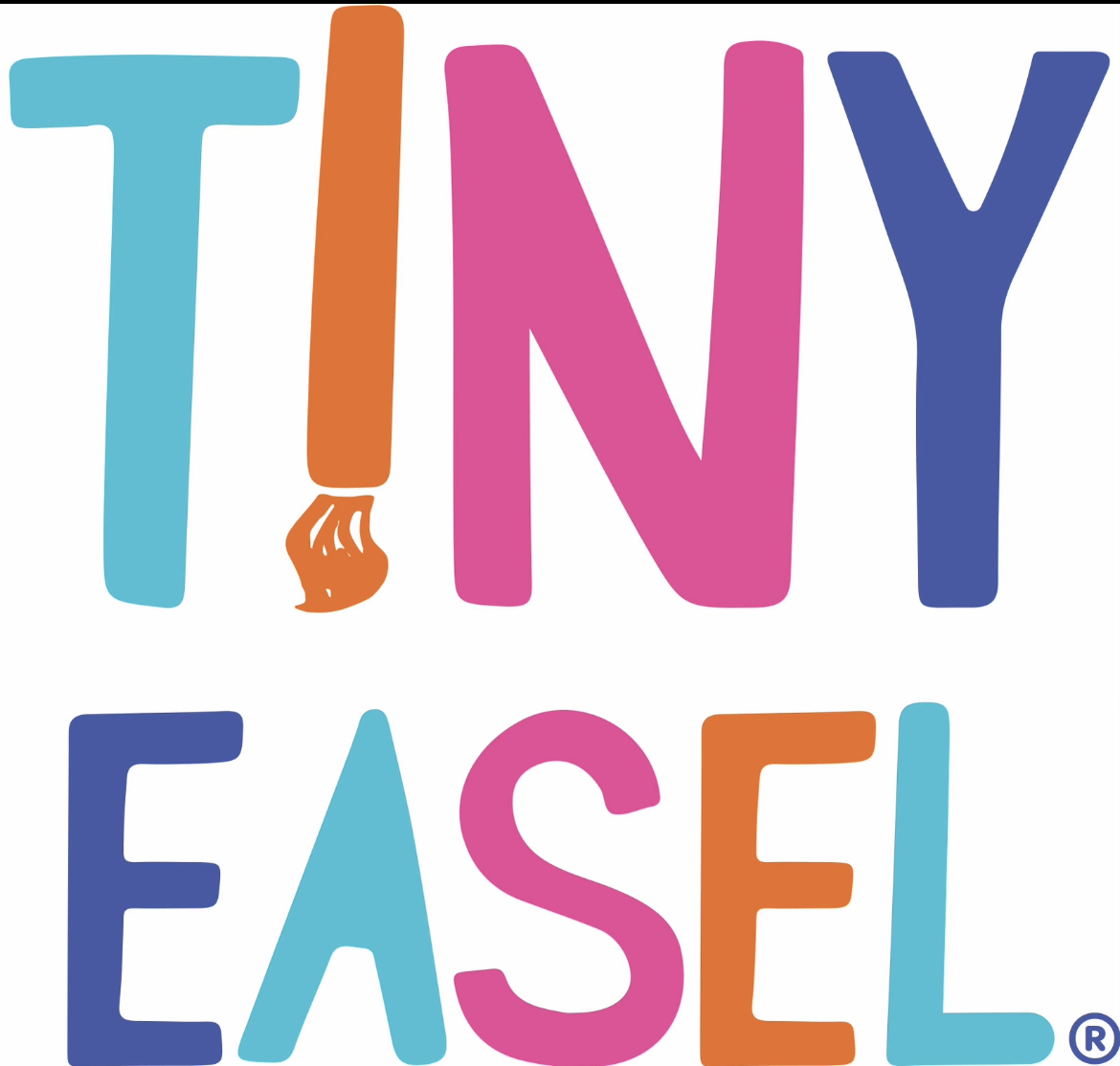Creating a garden that attracts pollinators is one of the most beneficial things you can do for the environment. Pollinators such as bees, butterflies, hummingbirds, and other insects play a crucial role in the ecosystem by helping plants reproduce, which leads to the growth of fruits, seeds, and flowers. By providing a welcoming habitat for these important creatures, you not only support local biodiversity but also create a vibrant and thriving garden. This guide will walk you through some effective strategies to attract pollinators and make your garden a haven for these essential visitors.
Understanding the Importance of Pollinators
Pollinators are vital to the health of our planet. Without them, many of the plants that provide food, oxygen, and habitat for other creatures would struggle to survive. Pollinators transfer pollen from one flower to another, facilitating fertilization and allowing plants to produce fruits and seeds. This natural process is essential for the growth of many of the foods we eat, including fruits, vegetables, nuts, and even coffee.
Unfortunately, pollinator populations have been declining due to habitat loss, pesticide use, and climate change. By creating a garden that attracts and supports pollinators, you can help counteract these challenges and provide a safe haven for these important creatures.
Plant a Variety of Flowers
One of the most effective ways to attract pollinators to your garden is by planting a diverse selection of flowers. Different pollinators are attracted to different types of blooms, so having a variety of flower shapes, sizes, and colors will draw in a wide range of pollinators. Aim to plant flowers that bloom at different times throughout the year, ensuring that there is always a source of nectar and pollen available.
Bees, for instance, are attracted to blue, purple, and yellow flowers, while butterflies prefer bright colors like red, orange, and pink. Hummingbirds are also attracted to red and orange flowers, especially those with tubular shapes. By creating a diverse garden, you can provide a continuous food source for various pollinators throughout the growing season.
Use Native Plants
Native plants are an excellent choice for attracting pollinators because they have evolved alongside local wildlife and are well-suited to the local climate and soil conditions. Native plants are often more resistant to pests and diseases, and they require less maintenance compared to non-native species. They also provide nectar and pollen that is particularly beneficial for native pollinators.
Consider including native wildflowers, grasses, and shrubs in your garden. Plants like coneflower, milkweed, bee balm, and goldenrod are popular native options that attract a wide range of pollinators. Milkweed, in particular, is essential for monarch butterflies, as it provides a place for them to lay their eggs and serves as a food source for their caterpillars.
Provide Shelter and Nesting Sites
In addition to providing food, it’s important to create shelter and nesting sites for pollinators. Different pollinators have different needs when it comes to shelter. Bees, for example, need places to nest, and while some bees live in hives, many are solitary and prefer nesting in the ground or in hollow stems. Leave some bare patches of soil for ground-nesting bees, and consider adding bee hotels or bundles of hollow reeds to provide nesting spaces for solitary bees.
Butterflies need places to rest and lay eggs, as well as host plants for their caterpillars. Host plants are specific plants that caterpillars feed on, such as milkweed for monarchs or parsley for swallowtails. Providing a mix of nectar plants for adult butterflies and host plants for caterpillars will ensure that your garden supports the entire butterfly life cycle.
Avoid Pesticides
Pesticides, especially insecticides, can be harmful to pollinators. Even if they are not directly targeted, pollinators can be affected by chemical residues on plants. To create a pollinator-friendly garden, avoid using synthetic pesticides and herbicides. Instead, focus on natural pest control methods, such as encouraging beneficial insects like ladybugs and lacewings, which can help keep pest populations in check.
Integrated Pest Management (IPM) is another approach that focuses on preventing pest problems through good gardening practices, such as proper spacing, crop rotation, and encouraging natural predators. By reducing or eliminating the use of harmful chemicals, you can create a safer environment for pollinators and other beneficial wildlife.
Provide a Water Source
Pollinators need water, especially during hot weather. Adding a shallow water source to your garden can help attract and support pollinators. A shallow birdbath, a dish filled with water, or even a small pond can provide a much-needed drink for bees, butterflies, and birds.
To make the water accessible to small insects, add pebbles or floating corks to the water source so that pollinators have a place to land and drink without drowning. Change the water regularly to keep it clean and prevent mosquito breeding.
Create Clumps of Flowers
Planting flowers in clumps rather than scattering them individually can help attract more pollinators. Large clusters of flowers are easier for pollinators to spot and provide a more substantial source of food. Aim to plant at least three to five of the same type of flower together, creating a “target” for pollinators that will encourage them to visit your garden.
Pollinators are also more likely to visit a garden that has large areas of color, as it signals an abundant food source. By planting flowers in groups, you make it easier for pollinators to find and move between flowers, which also increases the chances of successful pollination.
Include Night-Blooming Flowers
While bees and butterflies are active during the day, other pollinators, such as moths and bats, are active at night. To attract these nocturnal pollinators, consider planting night-blooming flowers like evening primrose, moonflower, and jasmine. These flowers often have a strong fragrance that attracts night-flying insects, and they add an enchanting element to your garden that can be enjoyed after the sun goes down.
Plant Herbs and Edible Flowers
Many culinary herbs and edible flowers are also great for attracting pollinators. Herbs like lavender, oregano, thyme, and chives produce flowers that are rich in nectar and attract bees and butterflies. Edible flowers such as nasturtiums, borage, and calendula are also excellent additions to a pollinator garden and can be used in your cooking.
Letting some of your herbs flower, rather than harvesting them all, will provide an additional food source for pollinators. Herbs are not only useful in the kitchen but also help create a diverse garden that supports a wide range of beneficial insects.
Reduce Lawn Areas
Lawns are often considered “green deserts” because they provide very little food or habitat for pollinators. By reducing the size of your lawn and replacing it with pollinator-friendly plants, you can create a more supportive environment for wildlife. Consider converting part of your lawn into a wildflower meadow, planting groundcovers like clover, or adding flowering shrubs to provide more food sources for pollinators.
Wildflower meadows are particularly beneficial for pollinators, as they provide a diverse array of nectar-rich flowers. They are also low-maintenance and require less water and fertilizer compared to traditional lawns, making them an eco-friendly choice.
Avoid Hybrid Plants
While hybrid plants can be beautiful, they are often bred for their appearance rather than their ability to produce nectar or pollen. As a result, many hybrid flowers have little value to pollinators. Instead, choose open-pollinated or heirloom varieties that provide a reliable source of food for bees, butterflies, and other pollinators.
Single-petaled flowers are generally better for pollinators than double-petaled varieties, as they provide easier access to the nectar and pollen. When selecting plants for your garden, look for varieties that are known to attract pollinators and avoid those that have been bred primarily for ornamental purposes.
Create a Pollinator Corridor
If you have a larger garden or multiple garden beds, consider creating a “pollinator corridor” by connecting different areas with flowering plants. Pollinator corridors make it easier for pollinators to move through your garden and find the resources they need. By planting a continuous strip of flowers, you can guide pollinators from one area to another, ensuring that they have access to food, water, and shelter throughout your garden.
Even if you have a small garden, you can create a mini corridor by planting flowers along pathways or borders, providing pollinators with a safe and welcoming environment to explore.
Attracting pollinators to your garden is all about providing the right combination of food, water, shelter, and a safe environment. By incorporating a diverse range of plants, avoiding pesticides, and creating habitats that support pollinators, you can make your garden a thriving sanctuary for these essential creatures. Not only will you be helping pollinators, but you’ll also enjoy the beauty and productivity that comes with a healthy, vibrant garden filled with flowers, fruits, and vegetables.








